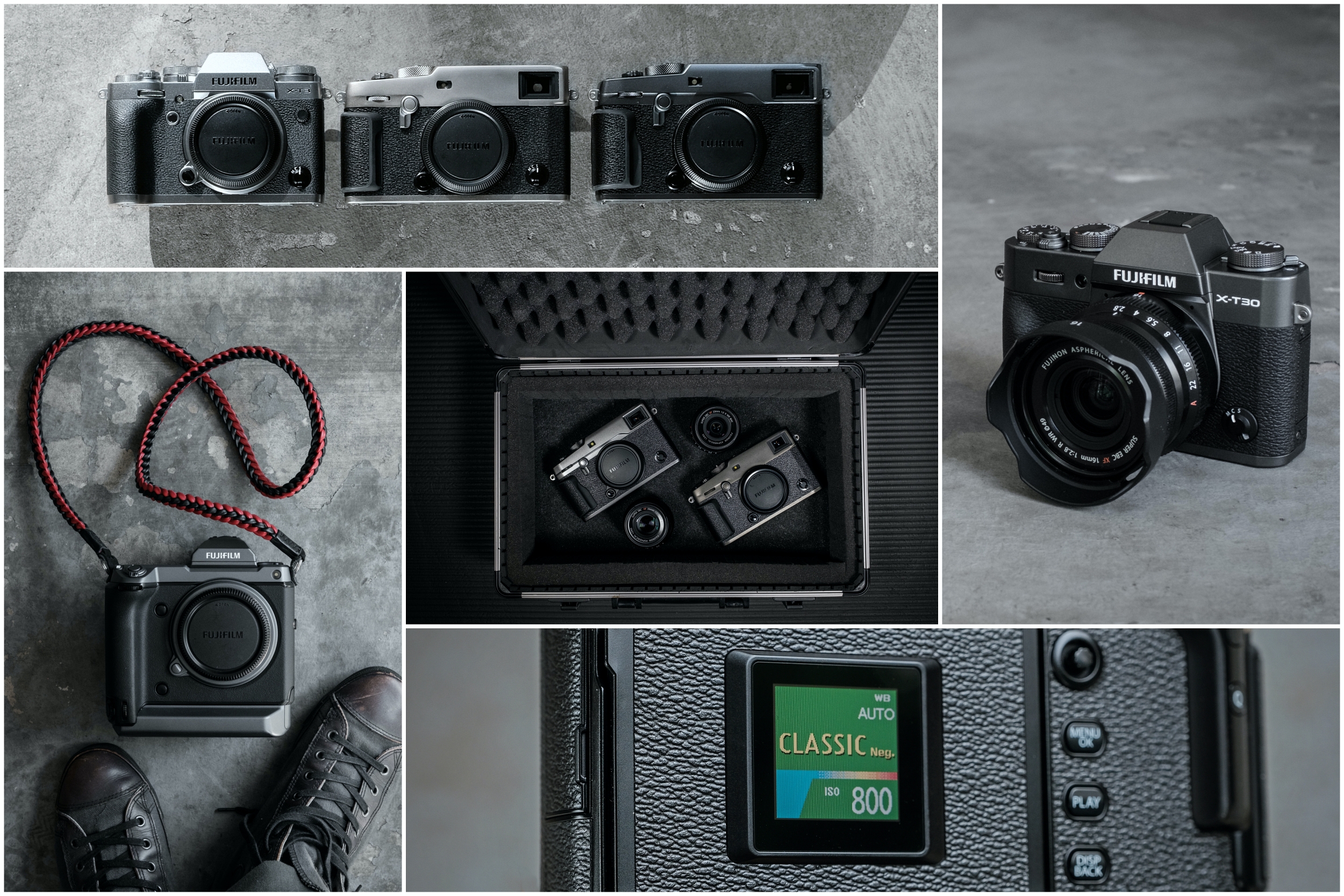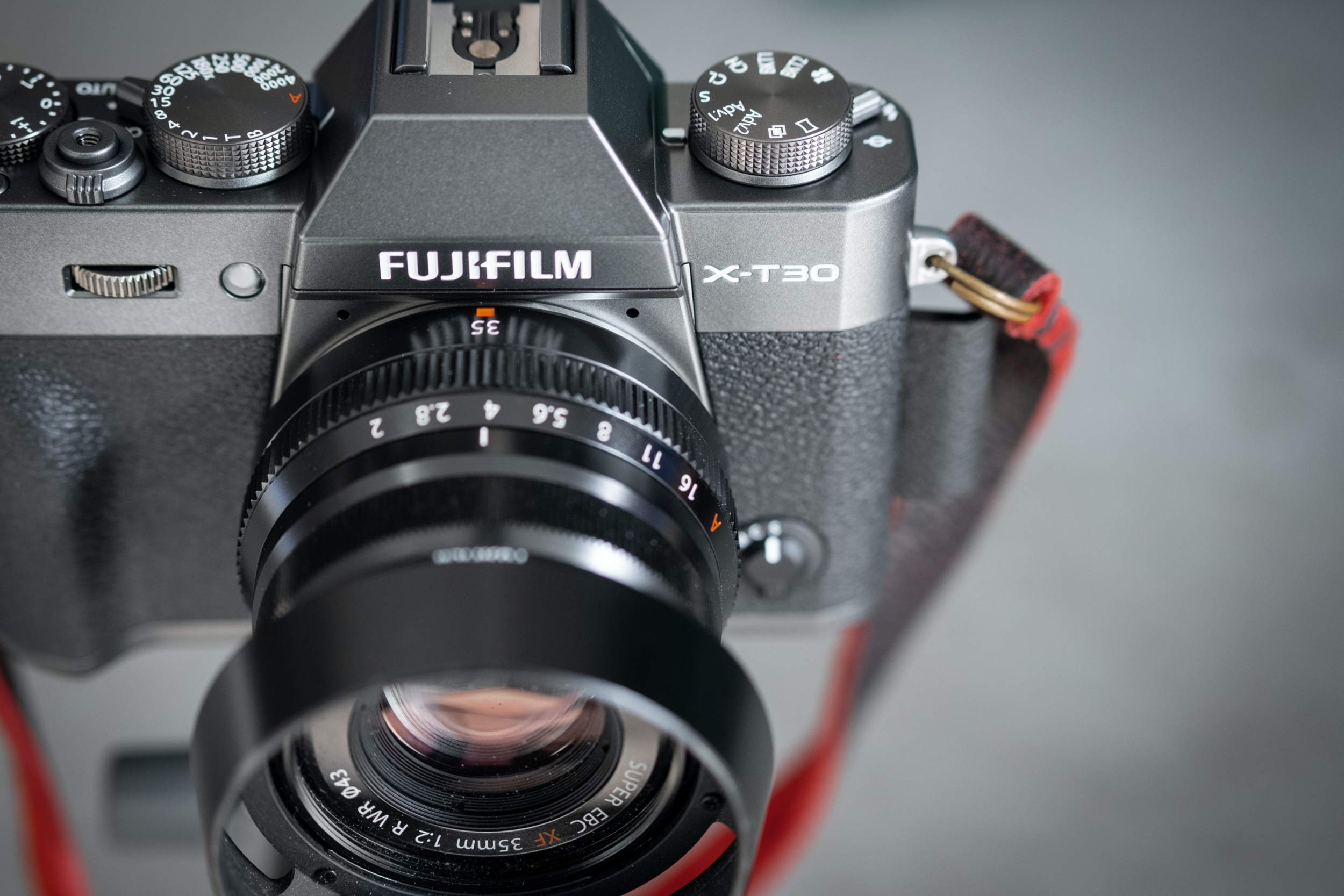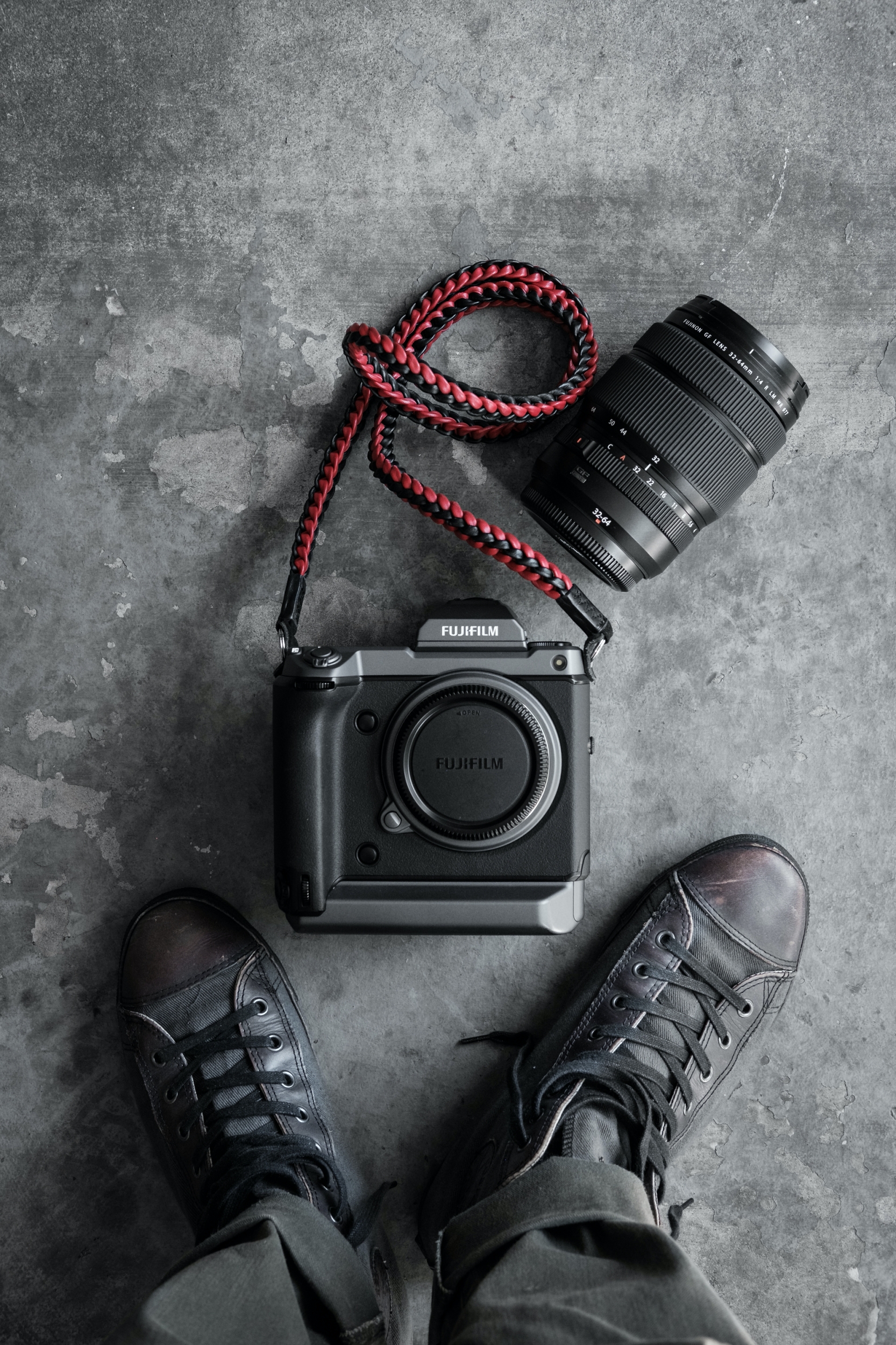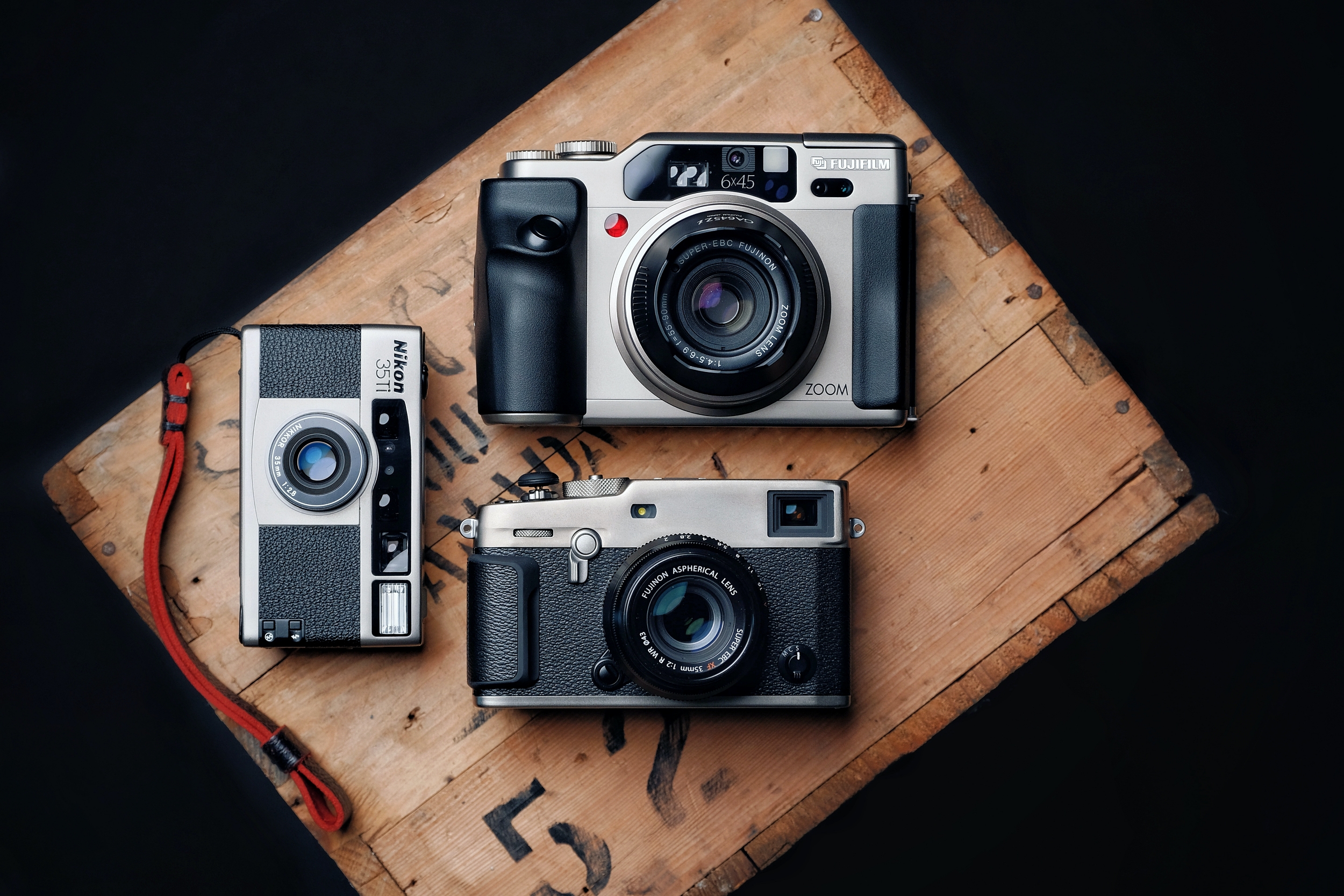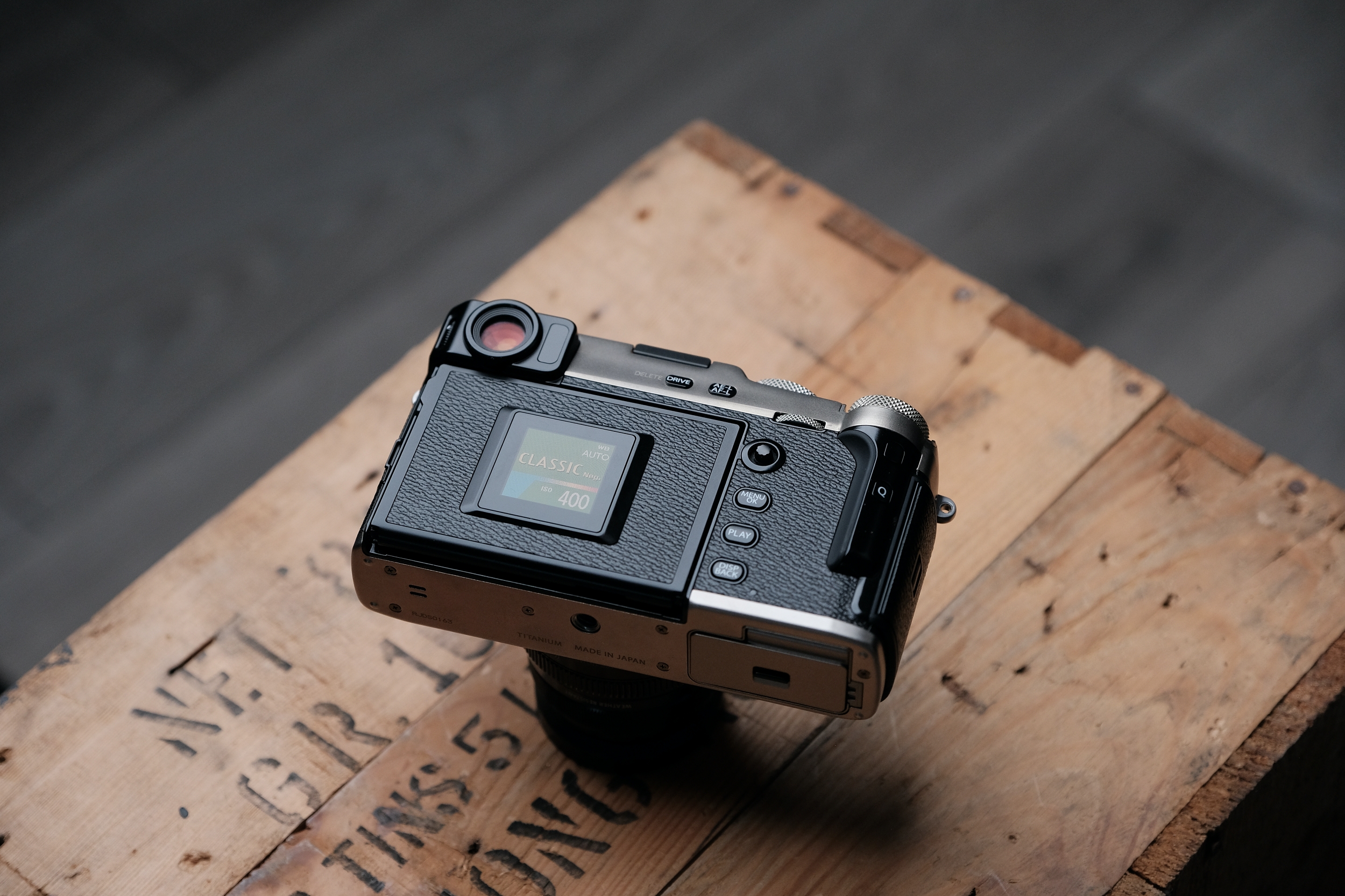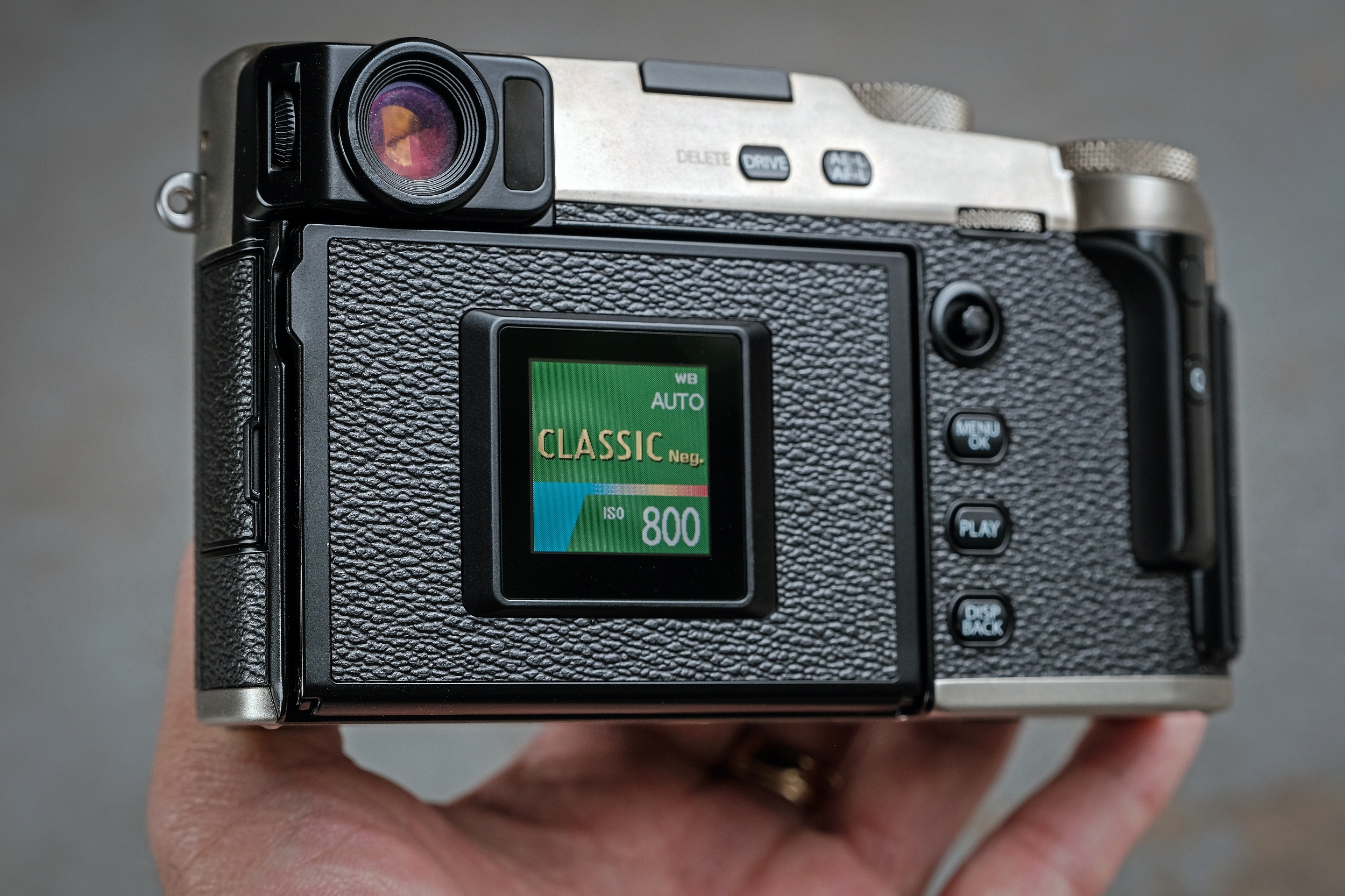2019 has been an exciting year for Fujifilm photographers. If you’ve been a long time FujiLove Magazine subscriber, remember the early days of the X Series? Even the most optimistic of us were still looking enviously at the competition’s superior autofocus, eye/face detect, IBIS, etc. Many outsiders criticized Fujifilm for choosing APS-C over 35mm as the format of choice, and some of us also wondered what Fujifilm would do to compete against the higher performance mirrorless and DSLR cameras. However, as the years went by Fujifilm listened to their customers as well as their critics and made both big and small improvements with each model and series. The ground breaking camera for Fujifilm was the release of the GFX 50S in 2017, followed by the X-H1 and X-T3 in 2018, with over a dozen lenses launched during this time period. These included all new GF medium format lenses, MK cinema lenses in both Sony E and Fujifilm X Mount and some specialty lenses. Fujifilm’s direction was very clear by the end of 2018, and many of their critics became converts. 2019 continued where 2018 left off with more refinements, advancements and innovations. Let’s look back at 2019 as I pick my top 5 Fujifilm releases.
#1. X-T30
Fujifilm has a (good) habit of releasing a consumer level camera with the same (or better) specs as the professional equivalent. When the X-T30 was released in February 2019, many wondered how much of the X-T3’s features, functions and performance would make its way into its little brother. Apparently most of it. Although there were hardware limits due to the smaller size camera, most of the X-T3’s stills and video performance made its way into the X-T30. In fact, at launch the X-T30 had better AF tracking performance than the X-T3 due to improved firmware (the X-T3 eventually got in a firmware update a few months later). The X-T30 was $600 USD cheaper than the X-T3 at launch ($899 USD), making it one of the highest spec’d APS-C mirrorless cameras on the market. The camera was launched with 3 finishes (black, silver, charcoal silver), giving buyers an aesthetic choice, something that many camera manufacturers ignore, especially with their prosumer cameras. The X-T30 is a good choice as a smaller/lighter backup to the X-T3, or a gateway camera into Fujifilm’s X Series ecosystem. This camera is small, light and relatively inexpensive, but it packs a serious photographic punch!!
#2. XF16mm F/2.8 R WR
The Fujicron line-up of lenses have been a hit since the release of the XF35mm f/2 R WR back in 2015. I coined the term ‘Fujicron’ as a clipped compound word, combining Fujifilm with Summicron. For those who are unacquainted with the Leica’s lens nomenclature, a lens designated ‘Summicron’ is one with a maximum aperture of f/2. What characterizes Fujicrons are lightweight, compact, fast+quiet focusing, WR and reasonably priced. When the XF16mm f/2.8 R WR was announced at the same time as the X-T30, there was both excitement and disappointment. We were excited that there was a new prime lens option for 16mm, but were disappointed that it wasn’t a ‘true’ Fujicron because of the f/2.8 max aperture.
Speaking with Fujifilm, they made it clear that their primary goal with the newest prime lens was that it was compact and light without optical compromises, and to do so they would have to keep the maximum aperture more reasonable. In fact, the XF16mm f/2.8 is almost the same dimensions and weight as the original XF35mm f/2 and aesthetically looks identical when placed side by side. Even in Fujifilm’s literature, they group the new XF16mm f/2.8 with the XF23mm f/2, XF35mm f/2 and XF50mm f/2, making it the latest in this series of lenses. This is significant because it shows Fujifilm’s commitment to making multiple versions of the same focal length, something that the competition doesn’t really offer. In the future, let’s hope for a refresh on the XF18mm f/2 and XF14mm f/2.8 to be included into the Fujicron family, as well as adding new lenses to the line up. My suggestion: XF27mm f/2 R WR and XF60mm f/2 R WR.
#3. GFX 100
There are but a few iconic cameras that have had a major impact on the entire industry as a whole over the past 10 years. I can think of a few: Canon EOS 5D MK II, Panasonic GH4, and the Sony A7. These ground-breaking cameras disrupted the industry, often forcing the competition to react quickly. The latest disruptive camera is Fujifilm’s flagship medium format camera the GFX 100. Not a single feature on this camera is unique or exclusive to Fujifilm, but the combination of all these features and functions into a single camera is very unique. This 100MP, weather-sealed medium format mirrorless camera has IBIS (In-Body Image Stabilization), full 4K30P video capabilities with proper I/O, phase detect AF, a powerful quad-core processor and unique interface options (both top and rear e-ink screens). This camera is a monster.
The GFX 100 has no real competition because this category of camera does not yet exist. It combines the best features and functions of the top 35mm DSLR/mirrorless cameras, with the IQ capabilities of a medium format systems camera, including top class lenses. I have yet to fully test the GFX 100, but the time I did spend shooting with it, I was overwhelmed by what it could do. Canon, Nikon and Sony are probably re-thinking their strategy for their top-end full-frame professional cameras for studio, fashion, landscape and architectural photographers. At the same time, Phase One and Hasselblad most likely are re-thinking their pricing/marketing strategy for their 100MP medium format cameras. It will be interesting to see what the ‘competition’ does in the next 18 months in reaction to the GFX 100, but I think Fujfilm has the right perspective when it comes to their GFX system: don’t look at the competition and do things their own way
#4: X-Pro3 Titanium Dura Black and Silver
The X-Pro3 was announced in October of 2019, although most of the specs were already released a month earlier. The internals of the camera is not ‘all new’, unlike the previous X-Pro2 that debuted Fujifilm’s newest sensor and processor combination back in 2016. Their oldest flagship line was 3rd to receive the latest sensor (behind the X-T3 and X-T30) and 4th to receive the X Processor 4 (behind the X-T3, X-T30 and GFX 100). What makes the X-Pro3 unique as a flagship digital camera is Fujifilm’s focus on the physical construction, styling and ergonomics that will distinguish it from the other X Series cameras. It’s no secret that Fujifilm has never ‘competed’ against another manufacturer’s flagship camera with the X-Pro series. Fujifilm has always done the X-Pro (and the X100) series their own way and never compared them against their competition from a spec, feature or function standpoint. It’s always been a unique camera for a very specific type of photographer, and Fujifilm has continued this tradition with the latest X-Pro3. If Fujifilm was going update the X-Pro2 without any major technological advancements (other than the obligatory upgrade to the latest sensor and processor), how would they do it?
Fujifilm decided to focus on physical features (for the most part) to take the X-Pro3 to the next level. First, they implemented a unique but controversial hidden LCD screen. I’ve written much about this unusual articulating screen in other articles, but what I’ll say here is that I really like it. However, the biggest story with the X-Pro3 for me is the use of titanium. In the 1980s and 1990s, the use of titanium on flagship and premium cameras was the norm. Contax, Nikon, Minolta, Pentax, Olympus, Konica all used titanium on multiple cameras over the years. Yes there’s a functional reason to use titanium (stronger, lighter), but mostly it added perceived value to the camera to differentiate it from their non-premium variants. To their credit Fujifilm has also added a scratch resistant Duratect™ coating (made by Citizen Technologies) on two limited edition finishes DR Silver and DR Black to distinguish them from the regular titanium black X-Pro3.
Why have 3 finish options on a flagship camera? I say why not? Why do sports cars or commercial espresso machines come in multiple finish options? They don’t need to but it adds flare, it adds life, it adds value to a functional tool. The X-T3 was launched with 2 finish options, the X-T30 was announced with 3 finishes, and now the professional X-Pro-3 has 3 finish options, 2 of them being functional scratch resistant finishes. Can you see Canon, Nikon or Sony releasing a flagship camera with multiple finishes at launch? Maybe they should. Digital cameras can be more than electronic devices. They can be transformed into beautiful tools for craftsmen and artists alike. Bravo to Fujifilm for creating a functional but beautiful titanium digital camera. Moreover, the only competition the X-Pro3 has is itself, the various finish options.
#5: Classic Neg. Film Simulation
My final pick for my top Fujifilm releases for 2019 is a virtual product, a film simulation. For other manufacturers, JPEG profiles are pretty boring. Saturated, vivid, neutral, monochrome, etc. How uninspiring. Isn’t photography suppose to be an art form? When Fujifilm released Classic Chrome on the X30 in 2014 and ACROS on the X-Pro2 in 2016, Fujifilm photographers immediately embraced these film profiles as if they were actual film stock. You can tell Fujifilm spent time simulating traditional film aesthetics and incorporated them into the digital realm. Nobody else in the industry has the experience to pull this off except for Fujifilm. Who else currently has the manufacturing experience to make photographic film, paper, chemistry, photolabs, lenses AND still be able to design and manufacture film and digital cameras? Only Fujifilm. How much value does Fujifilm see in their film profiles? Important enough to create virtual film box designs for each film type, and design a unique film box e-ink sub-monitor ‘window’ on the back of the new X-Pro3. Film simulations are clearly a part of Fujifilm’s digital ecosystem, just as important as camera bodies and lenses.
The new Classic Neg. has become my new favourite film simulation. It’s based on 1980s Superia 200, which makes sense since that’s pretty much what I grew up shooting as a kid. The best way to explain the profile is that it’s similar to Classic Chrome but with a bit more colour punch. Actually the best way to explain Classic Neg. is to share some photos I’ve taken with it. Since I’ve been playing with the X-Pro3 since its release, that’s pretty much all I’ve been shooting with. Talking with my other colleagues who’ve shot with the new X-Pro3, they’ve said the same thing, it’s their new favourite profile. It only makes sense that Fujifilm’s natural evolution would be from a film manufacturer to a virtual film manufacturer. Different film types were the JPEG profiles during the film era. Film added unique characteristics to an image, and a discerning photographer could chose different films based on what type of image they were trying to achieve. This makes complete sense. Today, most digital camera manufacturers gives you one look, and it’s up to you to create your own unique look in post, or else buy presets or filter packs. Not Fujifilm. They’ll help you create your own signature look by giving you an entire ecosystem of cameras, lenses and film simulations (and other digital tools like Color Chrome Effect). Thank you Fujifilm for this new film simulation and I look forward to more film profiles to come in the very near future.
Conclusion
2019 has been an exciting year for Fujifilm. If you’re new to the GFX or X Series cameras, you’ve probably already discovered how unique Fujifilm is compared to other camera manufacturers. If you’re like me and you’ve been around from the very start, aren’t we glad we stuck around? We now have a plethora of camera body options (including sensor size, body style, finish), a full ecosystem of lens choices in both X-mount and GF-mount, and powerful tools like film simulations to help us create unique images that suits our style as well as our budget. The X-T30, GFX 100 and X-Pro3 are unique cameras for unique photographers. In 2020 we hope to see updates to some legacy body types, new and updated lenses, and hopefully more film simulations. Thanks for following along with me this year as I reviewed all the latest and greatest from Fujifilm. I look forward to bringing you more reviews next year so stay tuned. Thanks for reading and happy shooting!!

